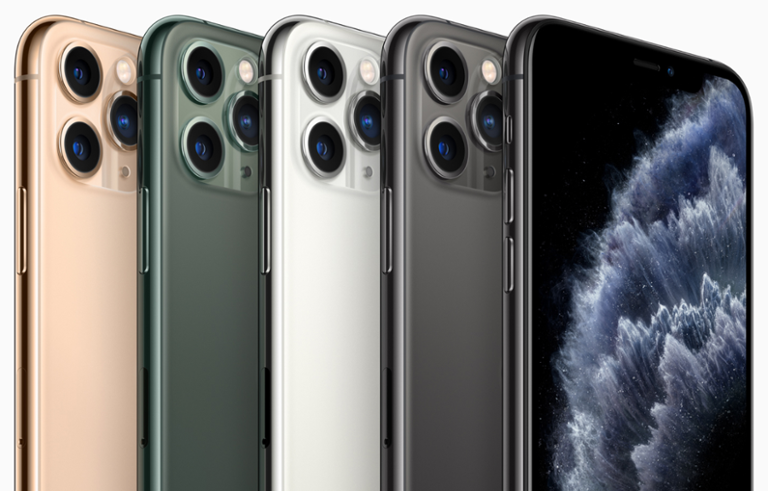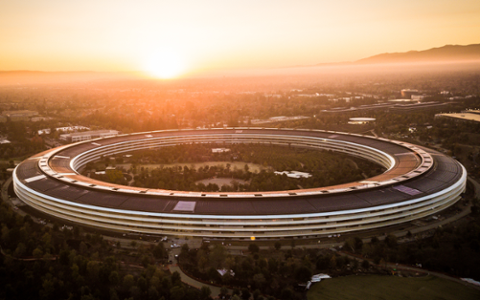The iPhone 11, iPhone 11 Pro, and iPhone 11 Pro Max are finally here. Pre-orders have begun, and the first batch of phones will arrive in consumers' hands later this week. But we’re starting to wonder what ‘Pro’ means to Apple, and you.
Apple’s ‘Pro’ moniker for its flagship iPhones was expected. Many thought Apple would instantiate this naming scheme last year with its ’S’ series phones. The duo of ‘Pro’ iPhones joins ‘Pro’ devices across Apple’s lineup, including the MacBook Pro, Mac Pro, iMac Pro, and iPad Pro. (There’s also Final Cut Pro X and Logic Pro X software for macOS.)
But what does ‘Pro’ mean? More specifically, what’s Apple saying when it tags something as a ‘Pro’ device?
What’s inarguable is that ‘Pro’ means spec-heavy across Apple’s product lines. The iPad Pro is far more powerful than either the iPad or iPad Air; the SoC is better, there’s more onboard storage available, the display is nicer, and it has a better camera.
The Mac Pro may be overkill for most of us, but there’s no arguing it's just monstrously specced out. The iMac Pro is a big jump up from the iMac, and the MacBook Pro is a significant spec-sheet boost compared to the MacBook Air. Even the Pro Display XDR for the Mac Pro is the best monitor we’ve seen.
But Macs are a bit different. The available specs are configurable. The iMac Pro has processors up to 18-core. You can get up to 246GB memory and 4TB onboard storage.
The Mac is where Apple originally hung its ‘Pro’ hat, and the moniker has now seeped into every other hardware category. Reducing our argument back to the iPhone 11 Pro, we have to wonder what’s so ‘Pro’ about it. The third camera is nice, as is the OLED display technology. And better water resistance. A steel frame is nicer than aluminum, sure... but do these truly make a "Pro" device?
iPhone 11 carries the same SoC as the two Pro variants, has the same water resistance rating (the Pro models can go 4 meters deep; the 11 only 2 meters), and its two shooters (‘wide’ and ‘ultra-wide’ cameras) are the same as the iPhone 11 Pro and Pro Max. The main differentiator is the Pro models have a third ‘telephoto’ shooter, but it’s hard to imagine a professional photographer will drop their bags full of thousands of dollars in photo kit and run toward a smartphone as a replacement.
Do the upgraded features of the Pro iPhones warrant a 40 percent markup, though? The iPhone 11 is $699. The iPhone 11 Pro is $999. The iPhone 11 Pro Max is $1,099.
We’re on the fence, so you tell us: Is the ‘Pro’ iPhone an actual professional device, or just a clever way for Apple to warrant a higher price-point? Sound off in the comments below, and make sure to vote in the poll above!



